The Best Foods To Fight Inflammation
 There are two types of inflammation. One is acute, which responds to injury and helps protect the body. The other is chronic. It’s low-level inflammation that can damage the body. Foods like sugar can cause chronic inflammation, while other food can fight inflammation. An autoimmune disorder, poor diet, lingering bacteria or viral infection, and stress can create chronic inflammation that can cause heart disease, lead to digestive issues, like Crohn’s, or damage blood vessels or joints.
There are two types of inflammation. One is acute, which responds to injury and helps protect the body. The other is chronic. It’s low-level inflammation that can damage the body. Foods like sugar can cause chronic inflammation, while other food can fight inflammation. An autoimmune disorder, poor diet, lingering bacteria or viral infection, and stress can create chronic inflammation that can cause heart disease, lead to digestive issues, like Crohn’s, or damage blood vessels or joints.
Foods that fight inflammation should be on your grocery list.
Stop at the produce section and you’ll find many foods that reduce chronic inflammation. Leafy greens, such as kale, spinach, collards, tomatoes, blueberries, strawberries, cherries, and oranges are at the top of the list. Nuts like almonds and walnuts are also inflammation fighters. In other departments, you’ll find olive oil and fatty fish like salmon or tuna that help reduce inflammation.
Some spices reduce inflammation.
Turmeric is one of the best-known inflammation fighters, especially since it was thought to help with Alzheimer’s that’s linked to inflammation, Ginger is another spice that aids inflammation. Ginger is known for its anti-inflammatory properties from shogaols and gingerols in ginger and is helpful for soothing stomachs and relieving the pain of arthritis. The capsaicin in cayenne pepper also has anti-inflammatory properties. Cinnamon, cloves, rosemary, and sage also aid in inflammation reduction.
Avoiding foods that cause inflammation can also reduce it.
Sometimes reducing inflammation comes not from what you eat, but from what you don’t eat. Cut out food with added sugar, which includes soft drinks and other sweet drinks. Sugar is in many foods you might not expect, like salad dressing, bread, and ketchup. Trans fats also cause inflammation. Some foods still have trans fats, like baked goods, crackers, and frozen pizza. Processed meat and red meat cause inflammation, just as food high in omega-6 fatty acids, like corn oil, peanut oil, and mayonnaise. Refined carbs, those using primarily white flour, can also cause inflammation.
- Food with artificial sweeteners or high fructose corn syrup is even worse than those with sugar. They also cause inflammation, while doing even more to change the gut microbiome.
- Pineapples and other food with bromelain can aid with digestion and help reduce inflammation in other areas of the body. Studies show it has a positive effect on people with arthritis.
- Colorful fruits and vegetables are anti-inflammatory. The phytochemicals in the plant provide the benefit, like anthocyanin that makes blueberries blue.
- Switch your drink of choice to tea. All types of tea, oolong, or green, provide anti-inflammatory properties. Herbal teas can also benefit the body. Ginger tea, chamomile tea, turmeric tea, and peppermint tea are a few choices.
For more information, contact us today at Rising Fitness Gym

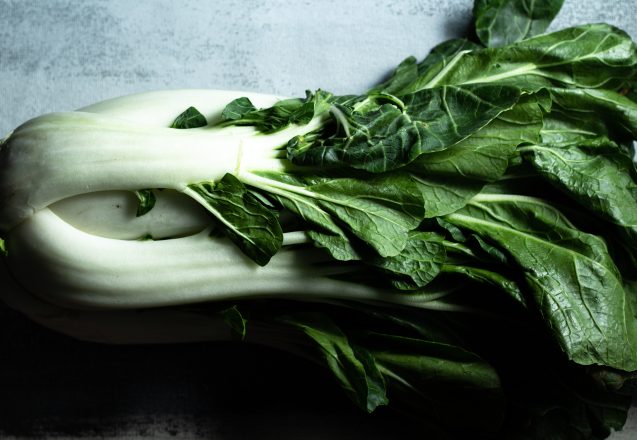
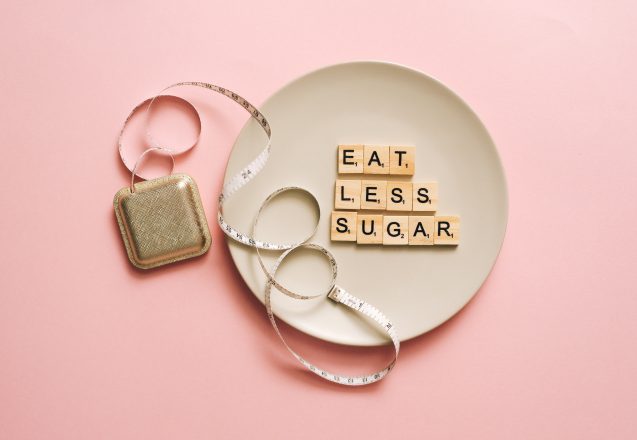
 Whether the health issue is diabetes, obesity or high blood pressure, consuming excess sugar probably played a role, if not the main role. Humans have always loved food with a sweet taste. Babies immediately love the sweet taste of baby food dessert far more than they like green beans. Some believe it is part of our instincts to like sweet things, dating back to the day when wild food that was sweet was normally safe to eat. Today, sugar is in almost all food, just read the labels. It’s in ketchup, commercial soup, and even canned fruit and it’s ruining your health.
Whether the health issue is diabetes, obesity or high blood pressure, consuming excess sugar probably played a role, if not the main role. Humans have always loved food with a sweet taste. Babies immediately love the sweet taste of baby food dessert far more than they like green beans. Some believe it is part of our instincts to like sweet things, dating back to the day when wild food that was sweet was normally safe to eat. Today, sugar is in almost all food, just read the labels. It’s in ketchup, commercial soup, and even canned fruit and it’s ruining your health.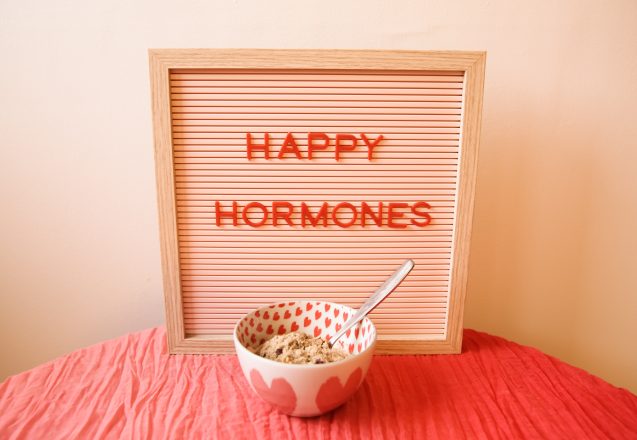
 Whether it’s sudden weight gain or weight you’ve tried to lose for years, but just gain more instead, you may be overweight due to a hormone imbalance. That doesn’t mean you’re doomed to be overweight for the rest of your life. You just need to make some changes in what you eat and how you workout and will be back on track in no time.
Whether it’s sudden weight gain or weight you’ve tried to lose for years, but just gain more instead, you may be overweight due to a hormone imbalance. That doesn’t mean you’re doomed to be overweight for the rest of your life. You just need to make some changes in what you eat and how you workout and will be back on track in no time.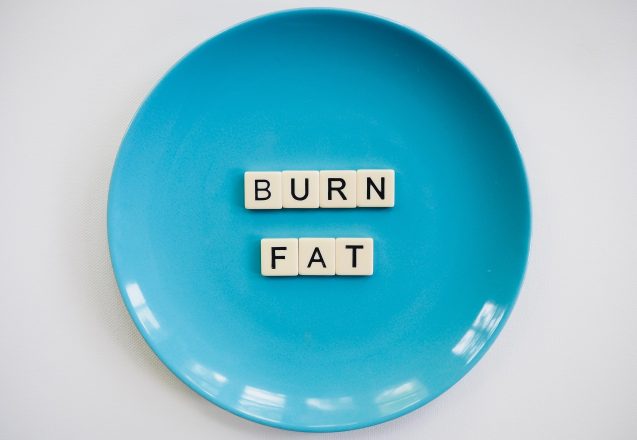
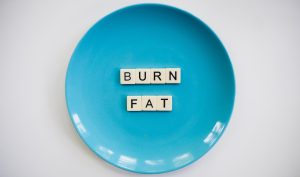 There are many reasons people benefit so much from training at Rising Fitness in Houston, TX. The personal training, science-backed programs, and years of experience in fitness play an important role. We focus on solid facts and consistent effort, but we also share easy ways to burn more fat that help boost the success of each individual. When building muscle mass and losing fat is your goal, these tips will help you get faster results.
There are many reasons people benefit so much from training at Rising Fitness in Houston, TX. The personal training, science-backed programs, and years of experience in fitness play an important role. We focus on solid facts and consistent effort, but we also share easy ways to burn more fat that help boost the success of each individual. When building muscle mass and losing fat is your goal, these tips will help you get faster results.
 Whether you’re mixing vegetables with rice or pasta, it’s a budget stretcher. Both provide extra calories and bulk to make vegetables and meat go further. They’re also both good side dishes and have a variety of uses. Rice is a natural whole grain, while pasta is made from flour, water, and sometimes eggs or salt. There’s not just one type of rice or pasta. Rice can be long grain, medium grain or short grain. It can be brown, red, purple, parboiled or instant. Pasta comes in many shapes, from thin angel hair to large lasagna noodles. It can be made from a variety of flours, some of which are quite healthy, but is normally made from durum wheat and flour.
Whether you’re mixing vegetables with rice or pasta, it’s a budget stretcher. Both provide extra calories and bulk to make vegetables and meat go further. They’re also both good side dishes and have a variety of uses. Rice is a natural whole grain, while pasta is made from flour, water, and sometimes eggs or salt. There’s not just one type of rice or pasta. Rice can be long grain, medium grain or short grain. It can be brown, red, purple, parboiled or instant. Pasta comes in many shapes, from thin angel hair to large lasagna noodles. It can be made from a variety of flours, some of which are quite healthy, but is normally made from durum wheat and flour.
 You don’t have to jump out of bed and start exercising first thing in the morning. You can ease into your day with these exercises you can do in bed. These are excellent if you want a flat stomach and can boost circulation to help clear the cobwebs and get your day off to a great start. One is very simple. Some call it a suction exercise when done standing, but you can do it sitting and realign the abdominal muscles. It’s especially good after pregnancy.
You don’t have to jump out of bed and start exercising first thing in the morning. You can ease into your day with these exercises you can do in bed. These are excellent if you want a flat stomach and can boost circulation to help clear the cobwebs and get your day off to a great start. One is very simple. Some call it a suction exercise when done standing, but you can do it sitting and realign the abdominal muscles. It’s especially good after pregnancy.
 Like most cities across America, Houston, TX, has its share of people suffering from back problems. When first confronted with the pain, people normally just want to lie down, but that doesn’t help in the long run. For mild back pain and to prevent future back pain, doing exercises for the back and core muscles can help. You need to increase circulation to eliminate back pain and strengthen the underlying muscles.
Like most cities across America, Houston, TX, has its share of people suffering from back problems. When first confronted with the pain, people normally just want to lie down, but that doesn’t help in the long run. For mild back pain and to prevent future back pain, doing exercises for the back and core muscles can help. You need to increase circulation to eliminate back pain and strengthen the underlying muscles.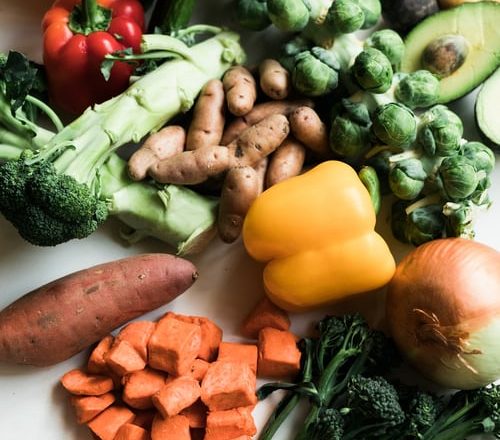
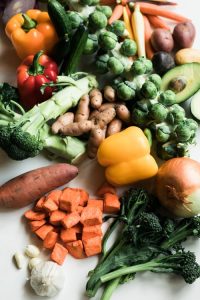 It seems like everyone in Houston, Texas, is on some type of special diet, whether it’s low carbs, non-gluten or lactose-free. Some become vegetarians. Choosing a vegetarian way of eating can occur for a number of reasons. Some people choose it for humanitarian reasons, others believe it’s healthier and some choose a vegetarian option to lose weight. There are also different types of vegetarians. There are vegans that eat no animal products, lacto/ovo or lacto-ovo vegetarians that include dairy, eggs or both in their diet. Do any of these help you lose weight?
It seems like everyone in Houston, Texas, is on some type of special diet, whether it’s low carbs, non-gluten or lactose-free. Some become vegetarians. Choosing a vegetarian way of eating can occur for a number of reasons. Some people choose it for humanitarian reasons, others believe it’s healthier and some choose a vegetarian option to lose weight. There are also different types of vegetarians. There are vegans that eat no animal products, lacto/ovo or lacto-ovo vegetarians that include dairy, eggs or both in their diet. Do any of these help you lose weight?
 It may be cold outside, but warm weather is just around the corner, which means you still have time to trim your thighs and get your body in shape for beachwear and summer clothing. What can help trim thighs quickly? Exercise. It won’t help you lose fat in a specific area, since fat comes off the body equally in all areas, but it will tone the underlying muscles and make your thighs look thinner, more toned and far more attractive.
It may be cold outside, but warm weather is just around the corner, which means you still have time to trim your thighs and get your body in shape for beachwear and summer clothing. What can help trim thighs quickly? Exercise. It won’t help you lose fat in a specific area, since fat comes off the body equally in all areas, but it will tone the underlying muscles and make your thighs look thinner, more toned and far more attractive.
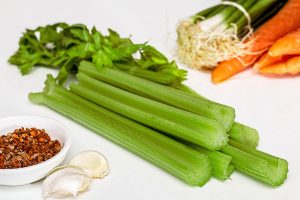 You’ve probably read every “magical” diet combination on the internet, from drinking cabbage soup for meals to an elixir made with lemon juice and honey. When you read the title, you probably thought, “just another scam.” However, it may be true. Celery may have negative calories. Let’s first consider the calories it takes to digest food. Most food requires about 10% of the calories for digestion and celery has more fiber, so it requires 20% to digest.
You’ve probably read every “magical” diet combination on the internet, from drinking cabbage soup for meals to an elixir made with lemon juice and honey. When you read the title, you probably thought, “just another scam.” However, it may be true. Celery may have negative calories. Let’s first consider the calories it takes to digest food. Most food requires about 10% of the calories for digestion and celery has more fiber, so it requires 20% to digest.